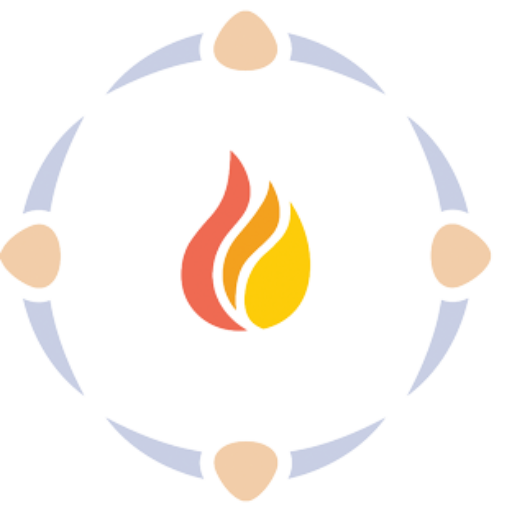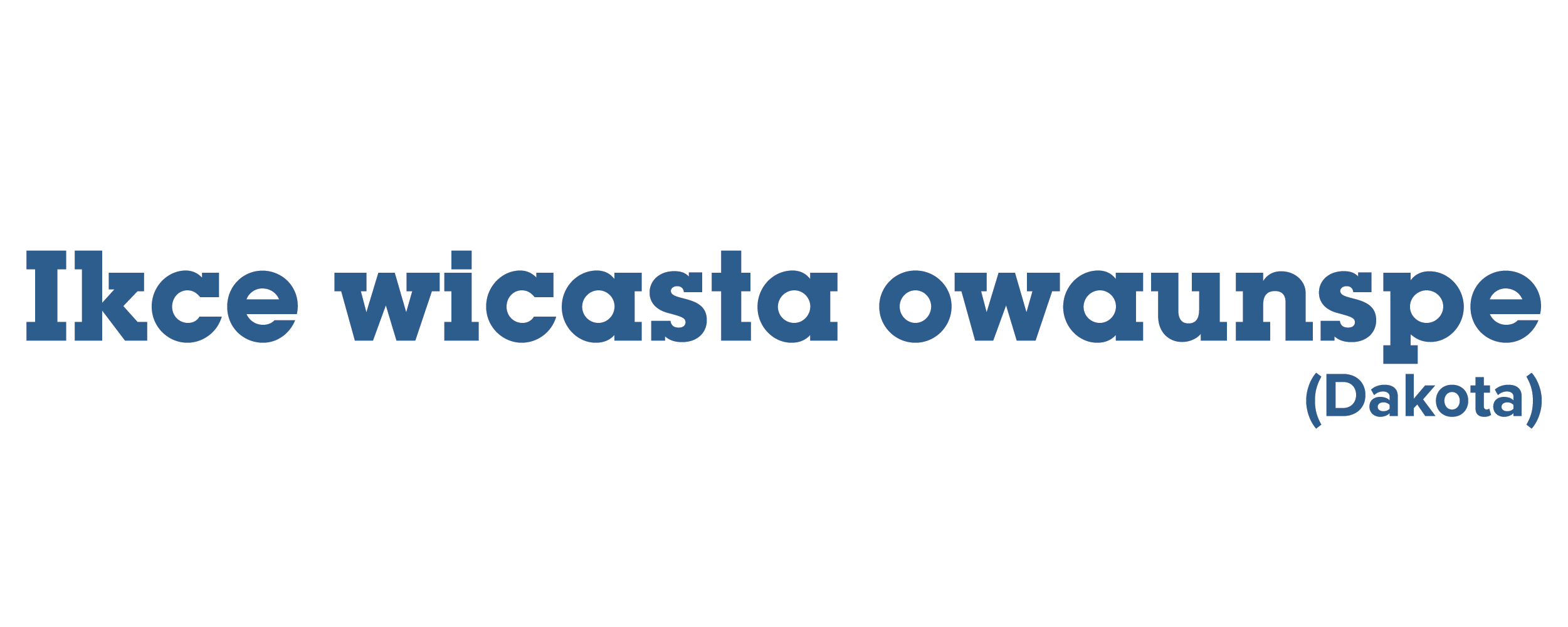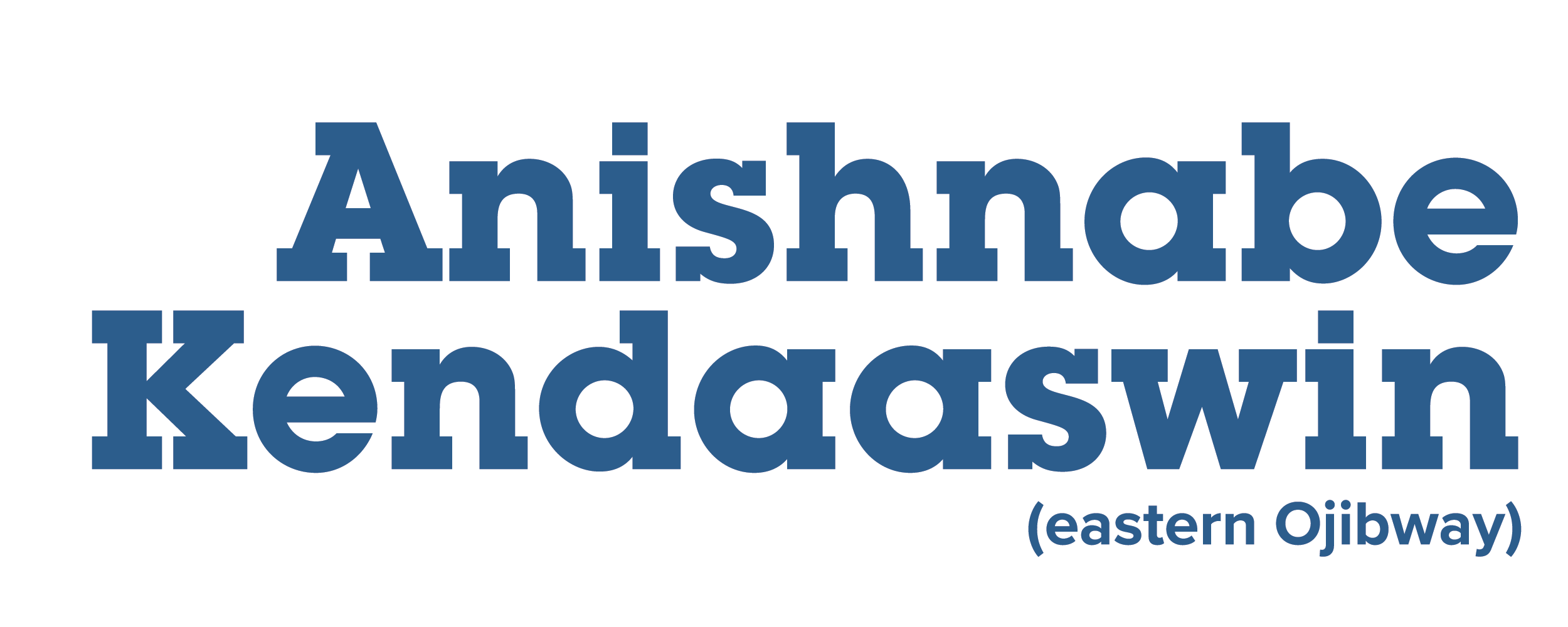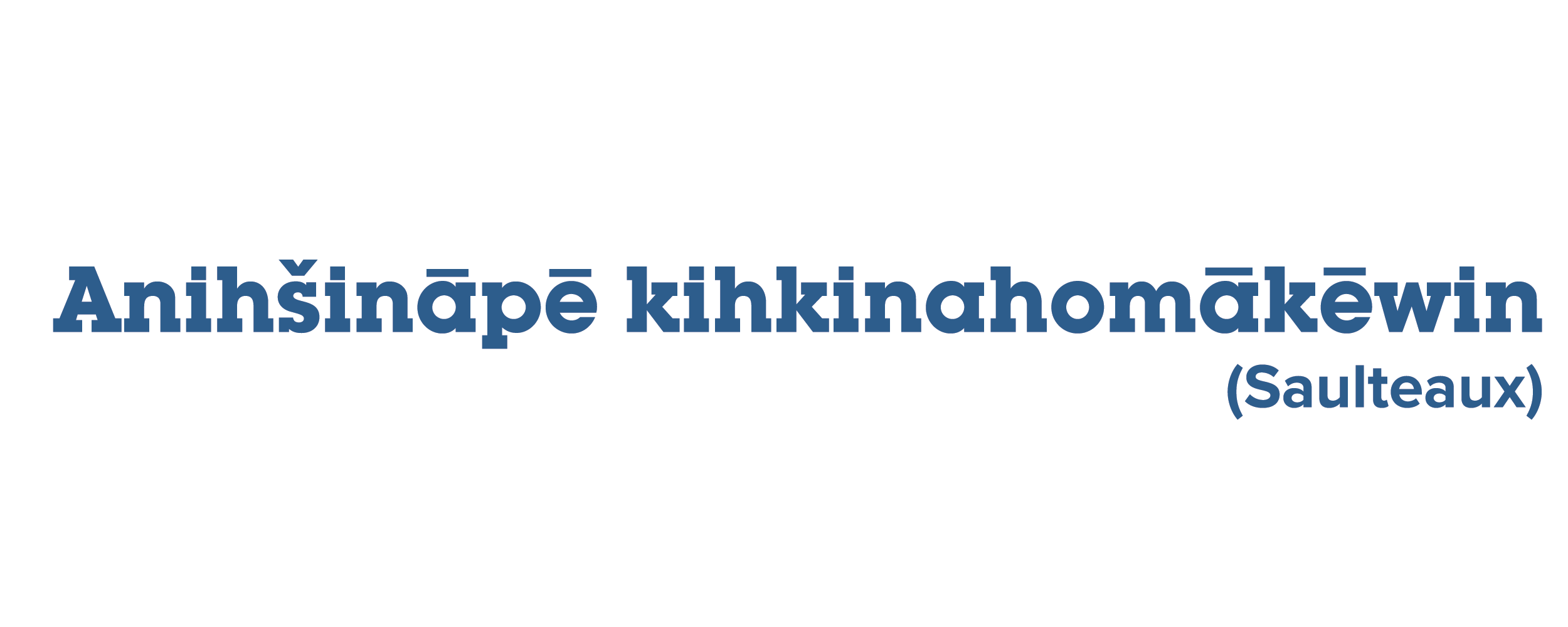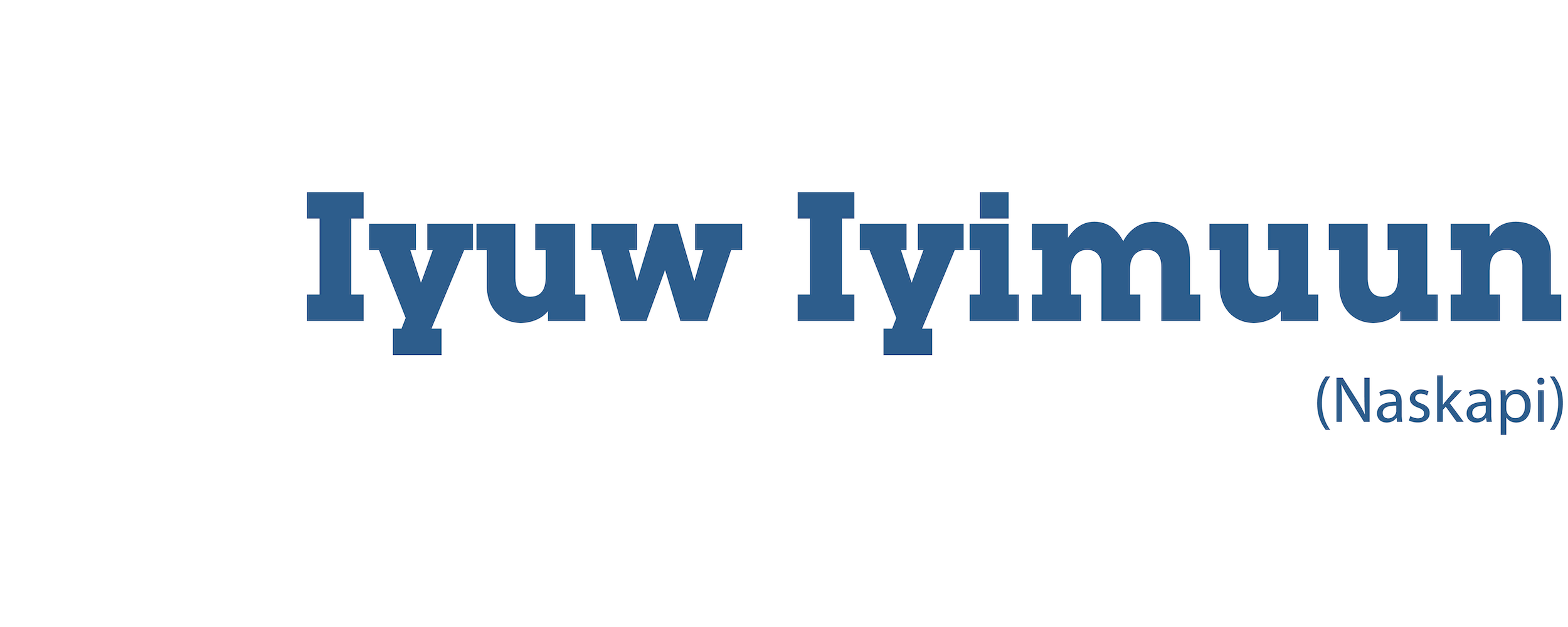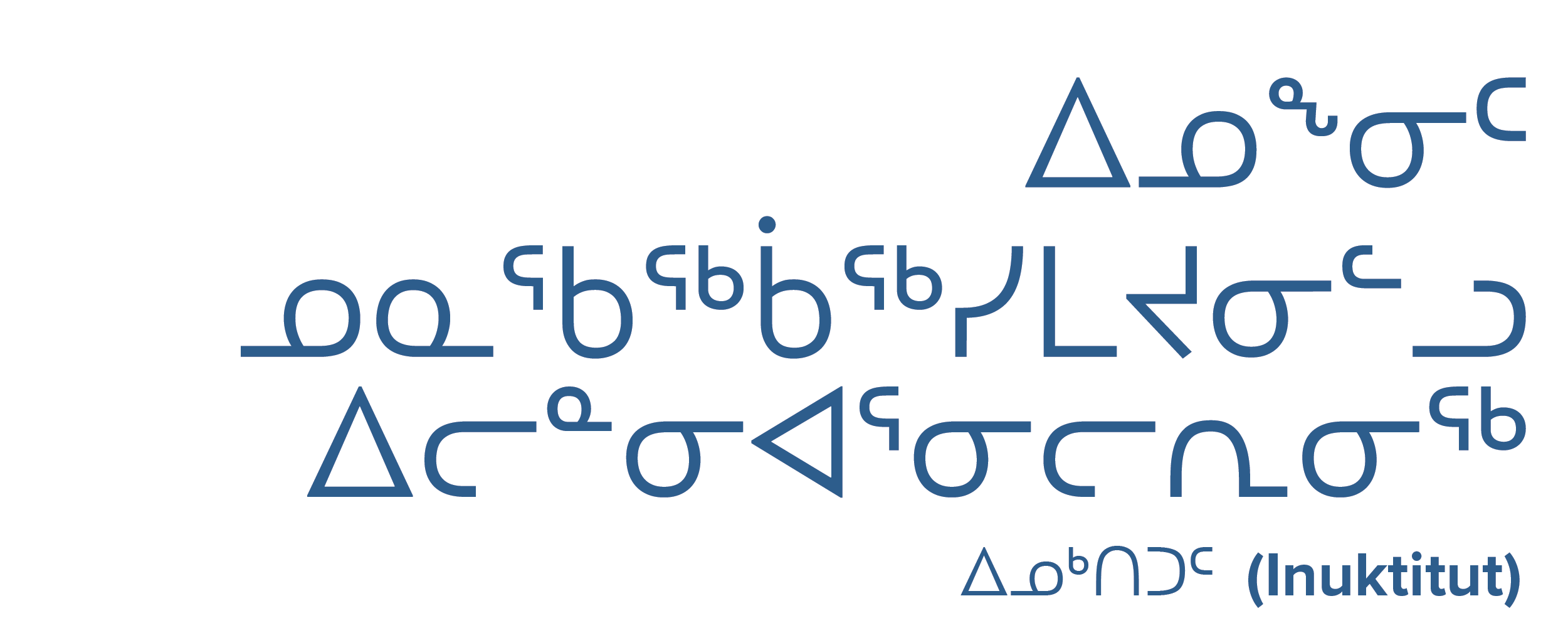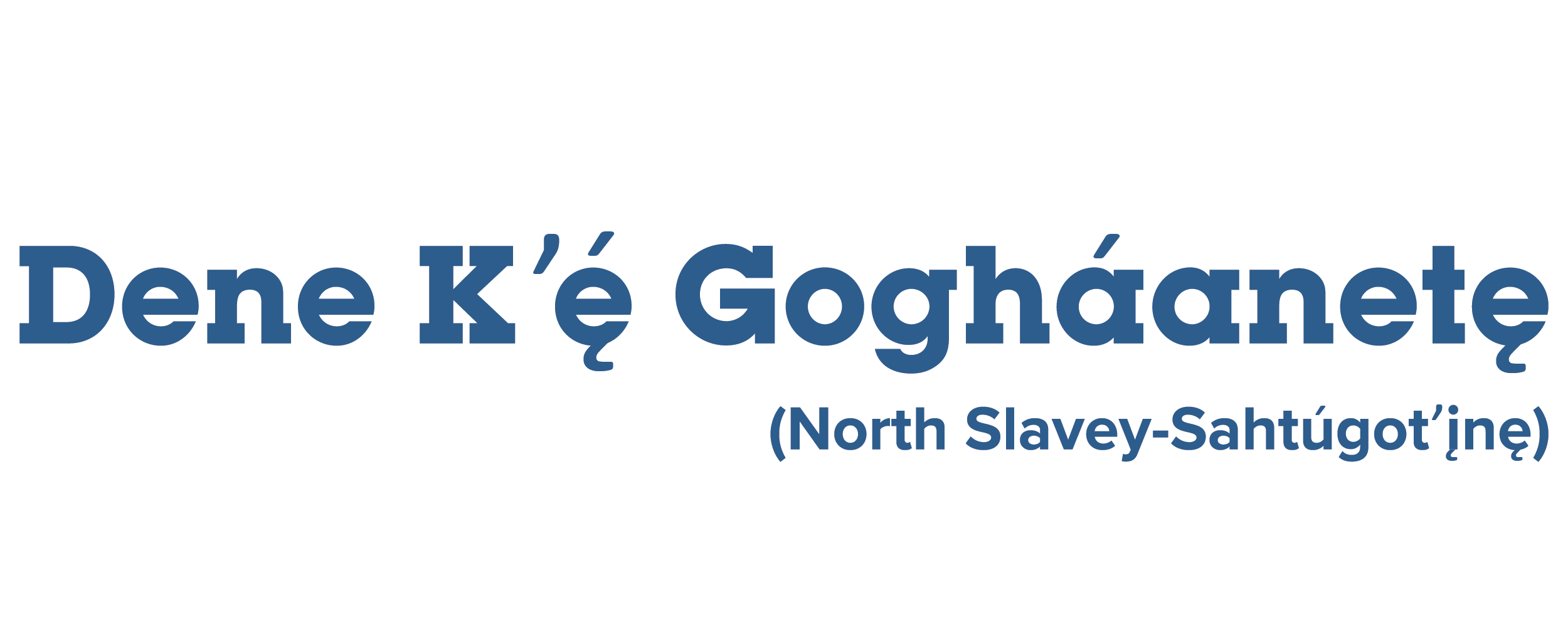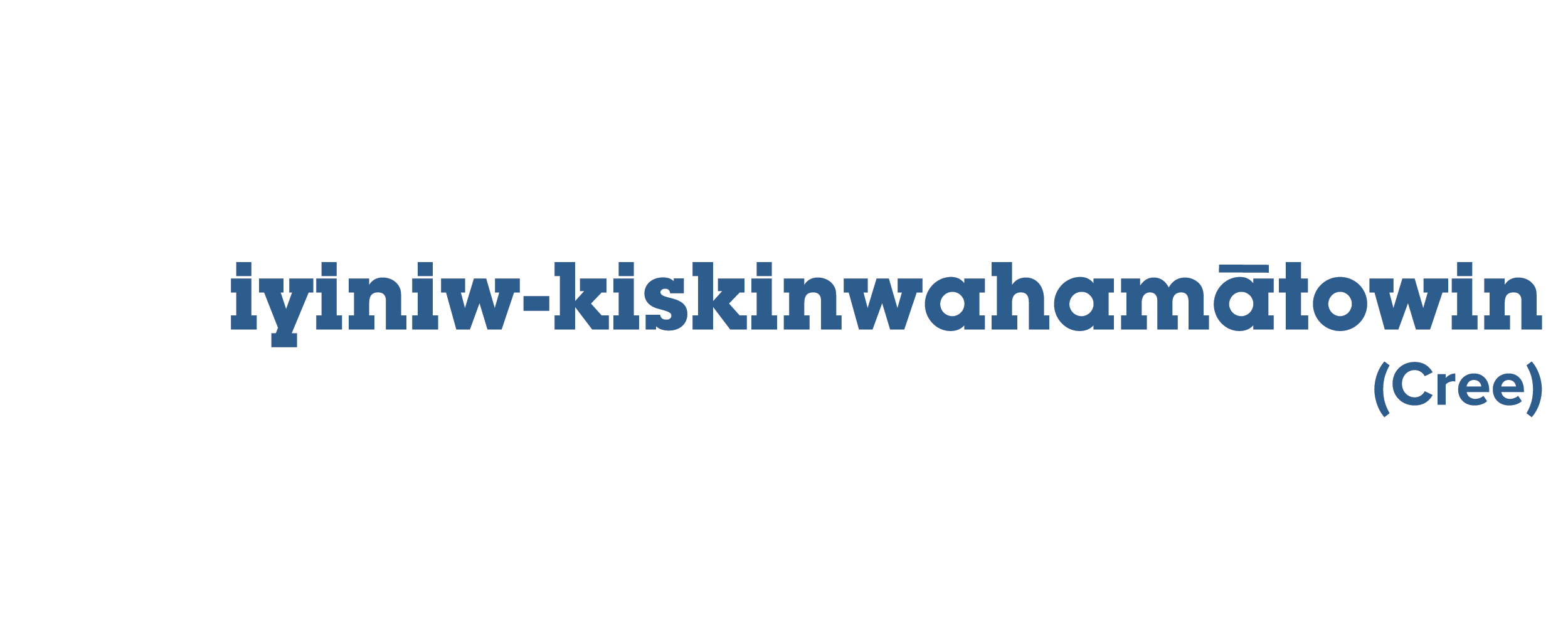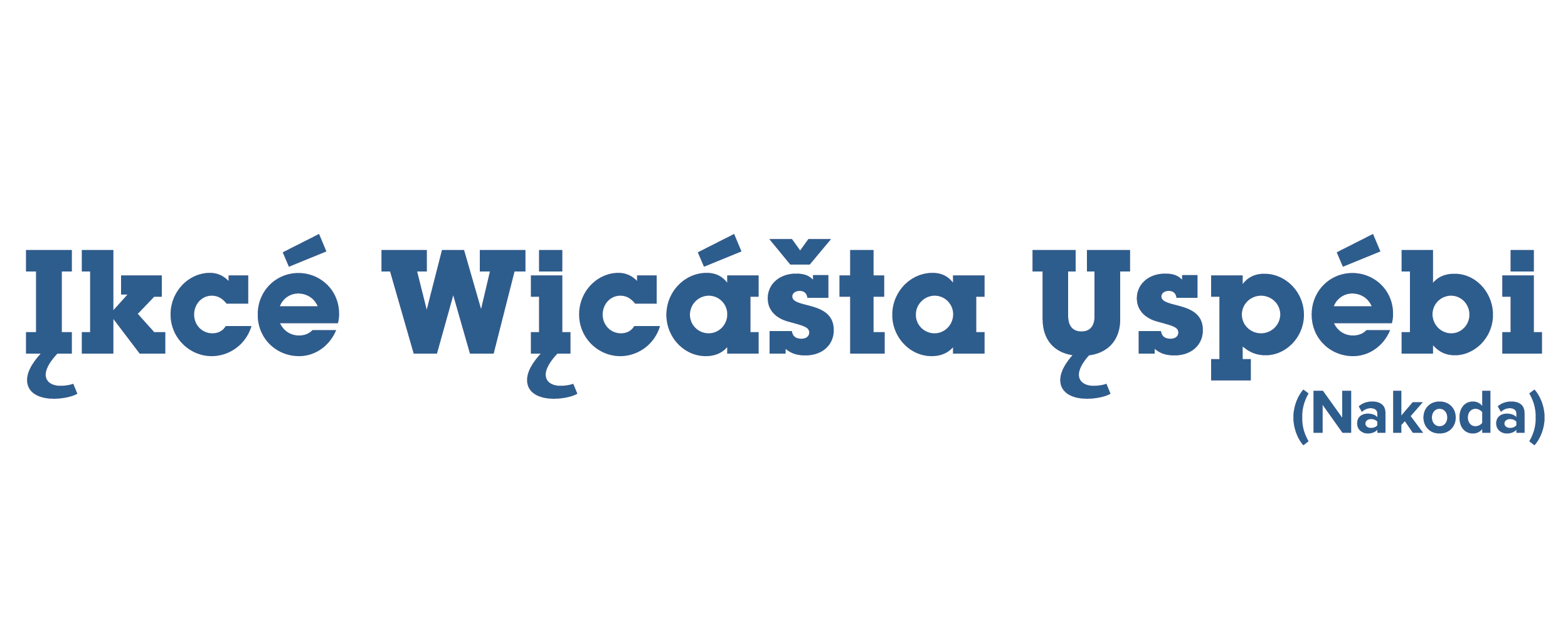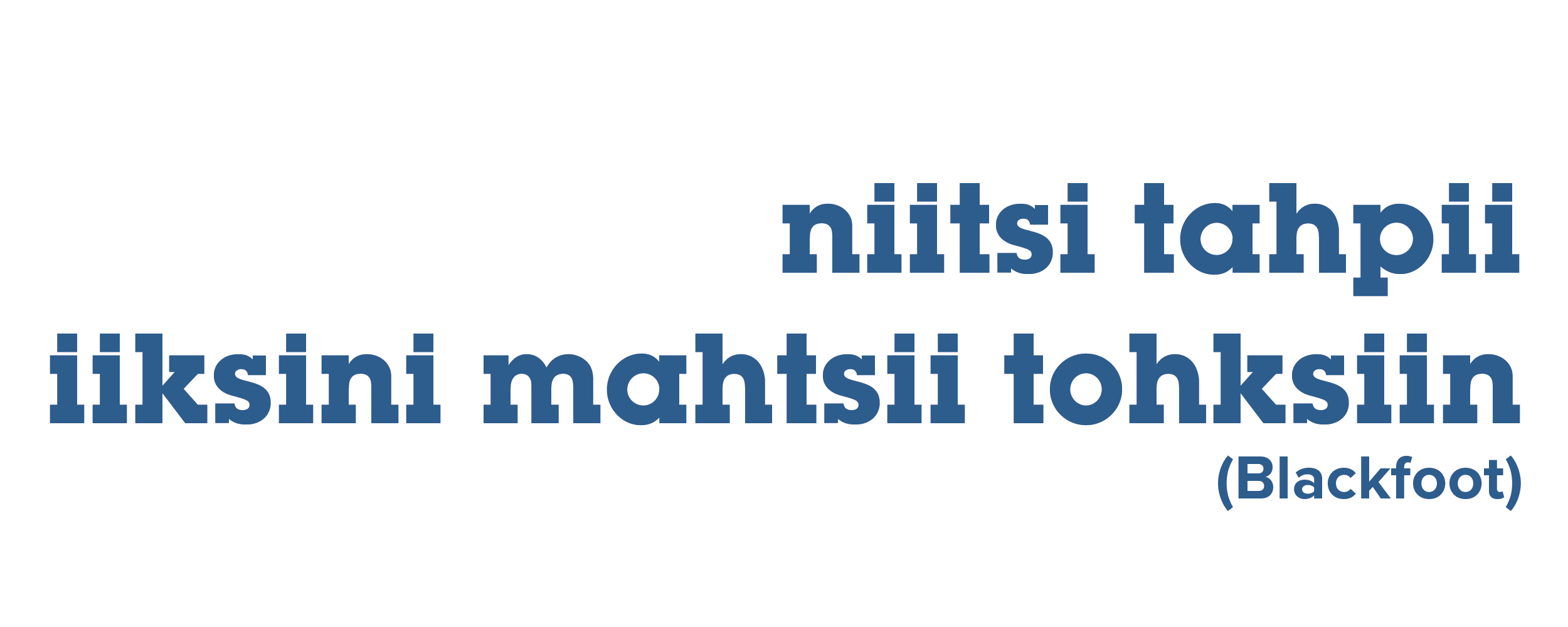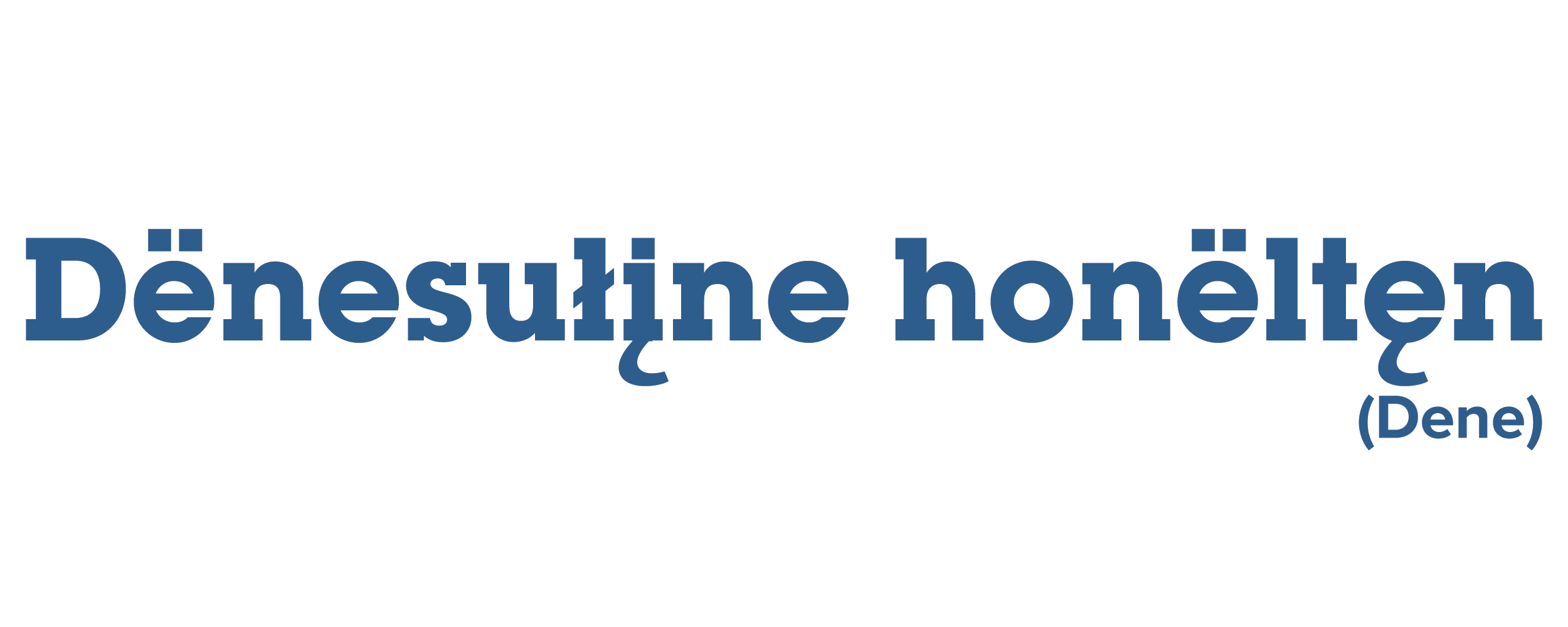Posted on June 11, 2019 by mariajoseathiemartinez
Siyamtelot is Okanagan and registered Stó:lō by marriage. Swelimeltexw is Stó:lō from Stsálles are Elders from Okanagan. They share their educational experience along with stories and teachings.
Siyamtelot is Okanagan and registered Stó:lō by marriage. Swelimeltexw is Stó:lō from Stsálles are Elders from Okanagan. They share their educational experience along with stories and teachings.
Posted on June 4, 2019 by Dene Basil
Yukon First Nation History and knowledge
Harold Johnson talks about the Long Ago Peoples Place near Champagne Village, Yukon. The Long Ago peoples Place is a living museum of how Yukon First Nations people used to live and survive in the Yukon. The walk through meseum facility highlights a time line of what life was like back in the early years all the way to present times. Such as what those early Yukon First Nation people used to live in and their means of hunting with tools and weapons. The walk through museum facility is a way to learn, engage, heal, pass on, and revitalize Yukon First Nation ways of life culture and traditions.
Posted on by Justina Black
John B Zoe, Senior Advisor with the Tłı̨chǫ Government, talks about the importance of Tłı̨chǫ traditional knowledge, Land, Language and Culture. John also sits as the Chairperson of Dedats’eetsaa: the Tłı̨chǫ Research & Training Institute.
John B Zoe, Senior Advisor with the Tłı̨chǫ Government, talks about the importance of Tłı̨chǫ traditional knowledge, Land, Language and Culture. John also sits as the Chairperson of Dedats’eetsaa: the Tłı̨chǫ Research & Training Institute.
Posted on May 31, 2019 by Mary Ellen Simon
Chris Shawanoo speaks about the role of the NRNC in providing holistic educational opportunities to the Niagara urban Indigenous community.
Chris Shawanoo speaks about the holistic programming provided by the Niagara Regional Native Centre (NRNC) to urban Indigenous community members, as well as the start of the Indigenous school Soaring Eagles. Shawanoo uses personal stories and passes down teachings given to him to illustrate the importance of holistic education and western education. Walking in two worlds involves cultural revitalization to ground an individual to a strong identity while providing culturally sensitive educational opportunities to combat systemic oppression, colonization, and poverty. Recognition is given to the importance of a non-western education as well as the importance of language revitalization.
Shawanoo also speaks about NRNC’s partnership with the Catholic District School Board to start up Soaring Eagles Indigenous school as a response to the Truth and Reconciliation Commission’s Calls to Action. He uses stories and teachings to illustrate the holistic education model to answer questions about Indigenous education.
Posted on May 23, 2019 by Coty Zachariah
Reconciliation projects and exchanges
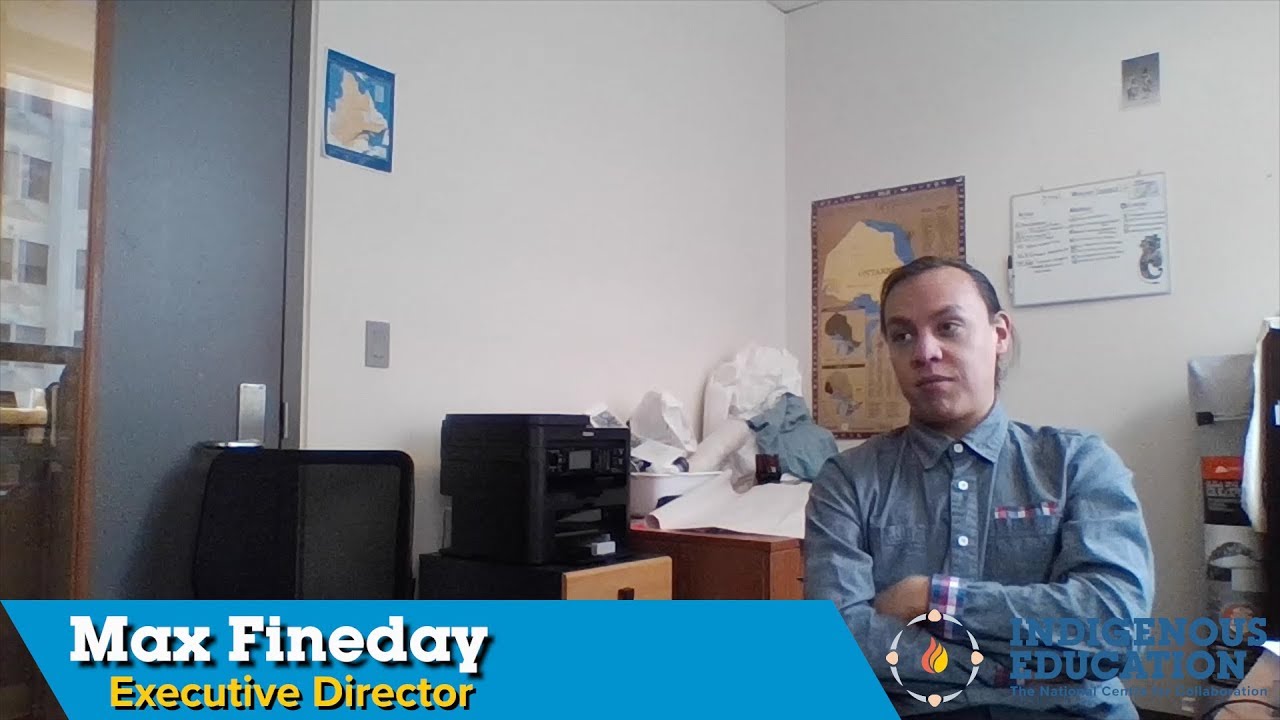
Canadian Roots Exchange (CRE) is an active youth organization with a mission to strengthen relationships between Indigenous & non-Indigenous youth by facilitating dialogue through leadership programs, exchanges, national gatherings, and workshops. They run national programming and develop teams in major cities across the country that work on reconciliation projects and bridging the gaps between our differing cultures.
Posted on May 22, 2019 by Trisha Campbell
Supervisor of Indigenous Education, Sarah Longman, discusses the programs she oversees for Regina Public Schools.
As the Supervisor of Indigenous Education for Regina Public Schools, Sarah Longman oversees the academic standing of all self-declared Indigenous students in the division, to ensure they are successful in acquiring the credits needed to stay on track to graduate. When it is identified that a student may need extra support, there are a number of ways this support is provided. There is an Indigenous Advocate Teachers Program, whereby trained teachers of Indigenous backgrounds are placed in high schools to monitor the progress of self-declared students. If needed, the Indigenous Advocate teacher will work with the student to get them back on track by contacting the parents/guardians and teachers to help identify the barriers that may be preventing a student from succeeding.
Another source of support for students is an Elders in Residence Program. The Elders provide cultural understanding and cultural affirmation for Indigenous students and are overall positive role models. Elders bring their knowledge and expertise into the classroom and they may help non-Indigenous teaching staff to navigate sensitive topics such as residential schools. Elders may also connect with families by teaming up with the Indigenous Advocate teachers and provide support to the student and family that are experiencing challenges in school or at home.
There is an Elders Advisory Council that advises the Board of Trustees for Regina Public Schools. These Elders offer cultural understanding and cultural knowledge that guide the Trustees when they are making decisions that impact Indigenous students and the community. A lot of work is being done to bring culturally affirmative resources into the schools to develop contemporary representations of who Indigenous people are – with the aim to eradicate and replace negative stereotypes about Indigenous people.
Longman hopes that in the years to come, there will be more Indigenous educators, Indigenous doctors, Indigenous engineers, etc., taking the best of the Western world and finding ways to utilize technology to promote and sustain who they are as Indigenous people.
Posted on May 21, 2019 by Coty Zachariah
First Nations led education in community
The Akwesahsne Freedom School was started in 1979 by parents in the Mohawk community that saw a need to preserve their ways and play an active role in the education of the nation starting with the children. They wanted their kids to be educated in the language, to be raised with ceremony and culture on the land of their ancestors without the influence and interference of the Western world. This approach has lead to results such as an increase in speakers of Mohawk language, rejuvenation of cultural strength and familiarity, and the continuance of inter-generational hands on learning.
Posted on by Coty Zachariah
Youth Empowerment Movement
4R’s is a national youth run and led organization that helps build the capacity of young people by providing meaningful places for them to develop and learn. They create opportunities and experiences in regions across the country to allow change makers the spaces to work on educational and community building initiatives, with the support of a network of national partners and adult allies.
Posted on May 13, 2019 by Mary Ellen Simon
Elizabeth Sault seeks to provide holistic educational opportunities to community members with the aim of violence reduction.
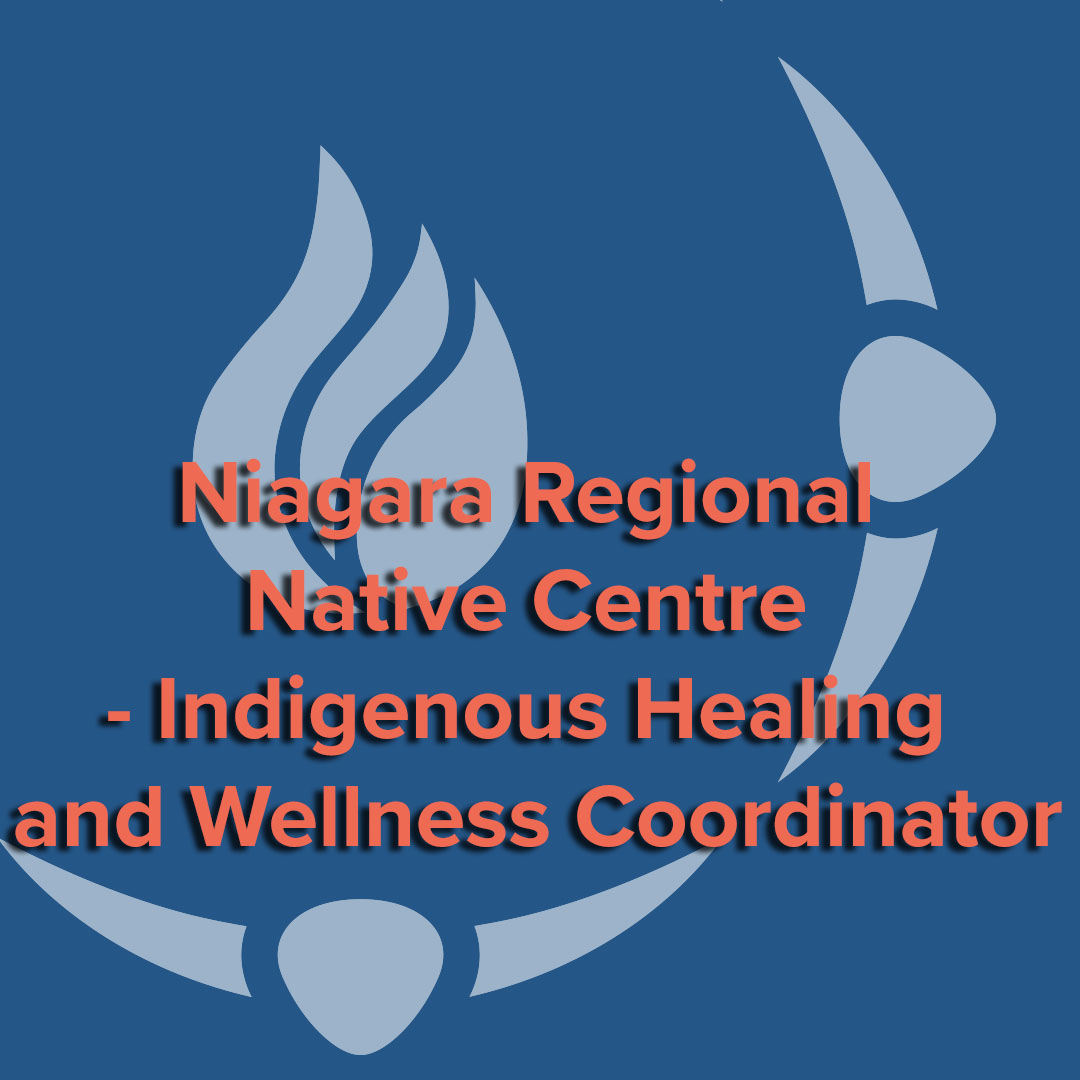
Elizabeth Sault speaks about an education that seeks to achieve the goal of violence reduction. Sault hosts group workshops for participants but much of her program is structured to address the needs of the individual, including crisis assistance. Her one-to-one support stems from her ability to create a comfortable connection and trust which can lead to advocacy, resources, housing, and building empowering life skills. Sault recognizes that violence reduction is multifaceted and speaks about the importance of creating holistic educational opportunities that build up the individual while creating awareness about important issues like MMIW and human trafficking. She speaks about the importance of identity and how it empowers the individual by illustrating the role of colonization in the creation of a culture of violence. Workshops focused on creation stories, medicine walks, connection to Elders, and individual support in reconnecting to the Indigenous community. These workshops help individuals to ground themselves in a healthy Indigenous identity. The goals of the program are to increase housing, support for men, and land-based retreats.
Posted on April 17, 2019 by Lisa Jodoin
Heather Knockwood describes her work teaching the Mi’kmaw language to young children in Shubenacadie, Nova Scotia and how she uses puppets to help encourage the children to speak conversational Mi’kmaw.
Heather Knockwood describes her work teaching the Mi’kmaw language to young children in Shubenacadie, Nova Scotia and how she uses puppets to help encourage the children to speak conversational Mi’kmaw.
